Get PeakVisor App
Sign In
Search by GPS coordinates
- Latitude
- ° ' ''
- Longitude
- ° ' ''
- Units of Length

Yes
Cancel
Share ×

Scan the QR code and open PeakVisor on your phone
❤ Wishlist ×
Choose
Delete
Home to snow-capped peaks, lush rainforests, and a world-renowned masterpiece of architecture, the Machu Picchu Historical Sanctuary is the most visited place in the South American country of Peru. The area is home to 18 named mountains, the highest of which is Nevado Salkantay at 6,271 m (20,574 ft) in elevation.
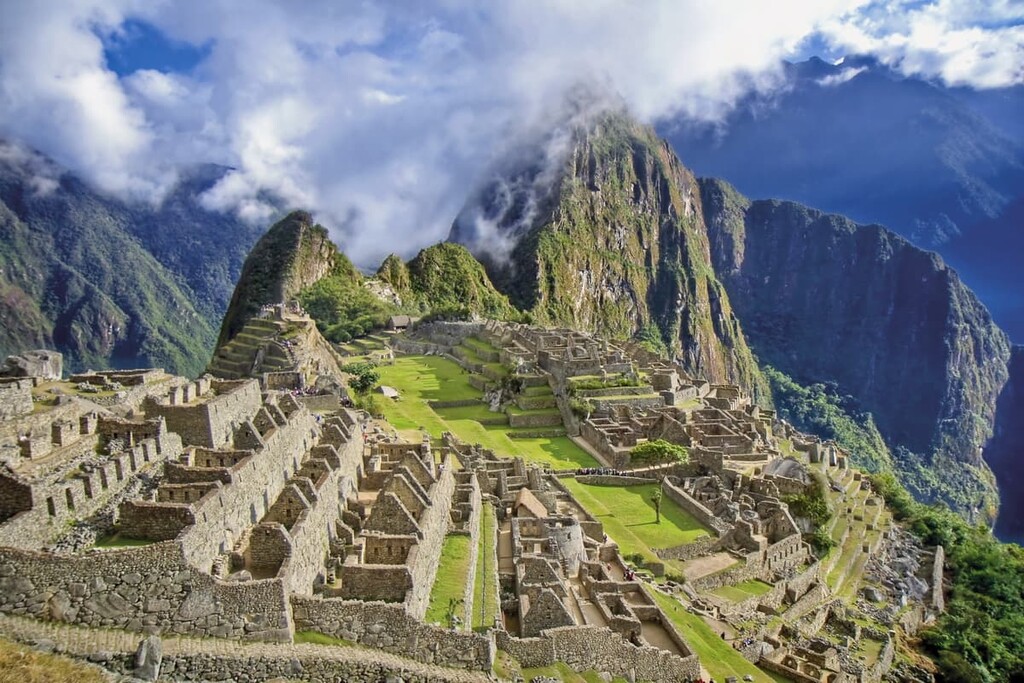
Machu Picchu is a stunning fifteenth century Inca citadel that’s considered to be one of the world’s greatest achievements in architecture. The surrounding historical sanctuary, which covers an area of about 325 sq. km (125 sq. mi), features numerous archaeological sites and incredibly diverse landscapes, from rainforests to high alpine peaks.
The Machu Picchu Historical Sanctuary (Santuario histórico Machu Picchu) is located about 80 km (50 mi) northwest of the old Inca capital of Cusco in Urubamba Province, Peru, in a zone where the eastern Andes meet the Amazon Basin.
This region, where the rainforest climbs over dramatic mountain ridges, is known as the selva alta or the ceja de la selva (the high jungle/the eyebrow of the jungle). Elevations range from a low of 1,850 m (6,000 ft) to a high of 6,271 m (20,574 ft) on Nevado Salkantay.
The ruins of the Machu Picchu citadel are located at 2,430 m (7,970 ft) in elevation in a saddle between the mountains of Machu Picchu and Huayna Picchu. Massive cliffs surround the ruins on three sides, tumbling 450 m (1,500 ft) to the Urubamba River below.
The broader historical sanctuary is home to two world-famous multi-day hikes. The Inca Trail follows an original Inca road through cloud forest and multiple ruins, while the Salkantay Trek takes hikers over the 4,600 m (15,000 ft) Salkantay Pass for incredible high mountain views.
Located in the central Andes, the Machu Picchu Historical Sanctuary is surrounded by other natural and archeological wonders. The nearby Sacred Valley features several major Inca ruins and excellent day hikes.
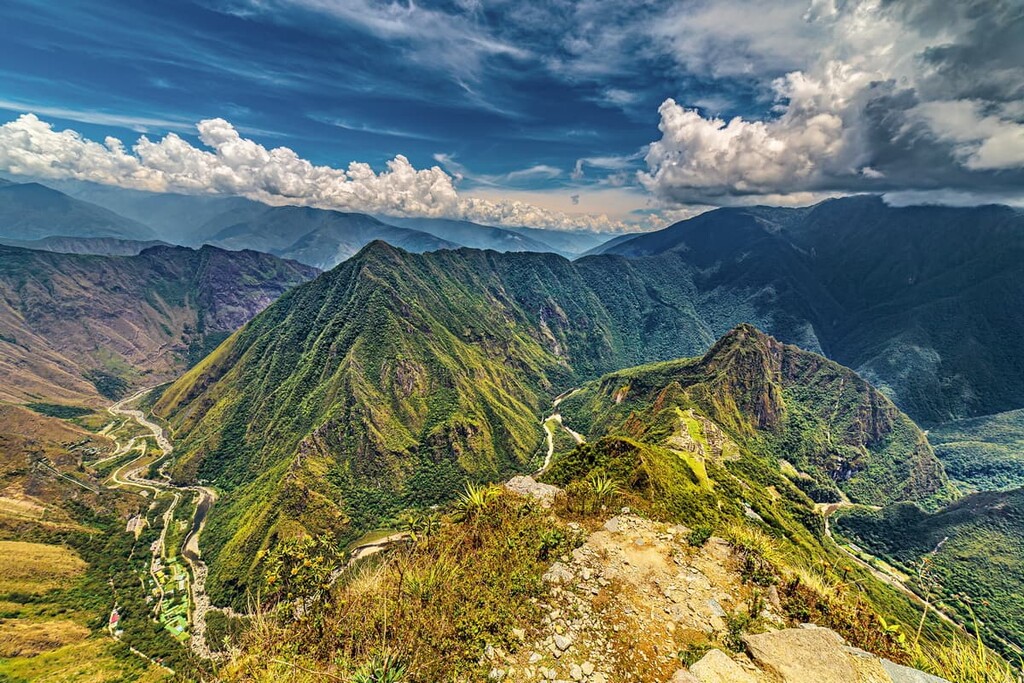
The closest national park to the area is Manú National Park (Parque nacional Manú), a massive Amazon reserve northeast of Machu Picchu. If you’re looking for even more serious hiking and trekking, head for the Cordillera Huayhuash Reserved Zone (Zona Reservada Cordillera Huayhuash) or Huascarán National Park (Parque nacional Huascarán) in central Peru.
The Machu Picchu Historic Sanctuary lies in a highly dissected area of the Eastern High Andes, within the Cordillera Vilcabamba. The topography features deep gorges, glaciated mountain peaks, and steep rocky pinnacles in the area around the Machu Picchu ruins.
The mountains of the historical sanctuary, along with the rest of the Andes, were uplifted by the subduction of the Nazca plate under the South American continental plate along the western edge of the continent. This process is still going on today, and the area around the historical sanctuary is highly earthquake-prone.
In fact, the buildings at Machu Picchu were built to withstand earthquakes. Inca buildings in the nearby city of Cusco famously survived a massive 1746 earthquake, while the Spanish colonial buildings built on top of them were completely destroyed.
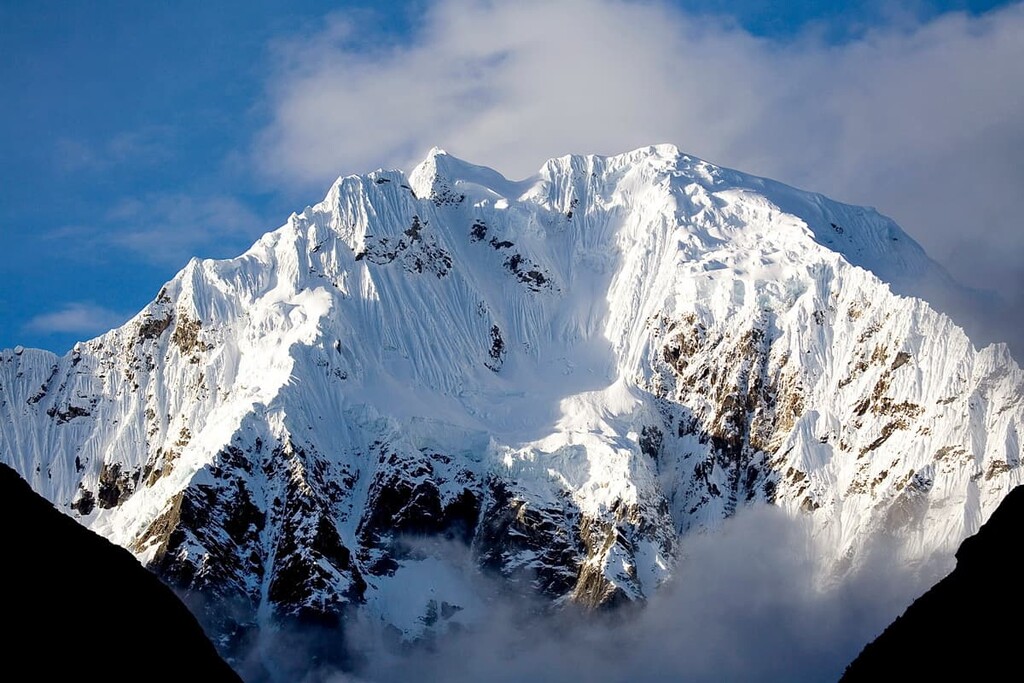
The area is highly geologically complex, featuring marine sedimentary rocks including Ordovician schists, quartzite, and slates intruded with large granite plutons that form the bedrock of the peaks today.
It’s this local white granite that makes up the giant building blocks used at Machu Picchu. The citadel is built directly on top of two intersecting fault lines, which some scientists believe was done specifically to make quarrying and carving the stone easier.
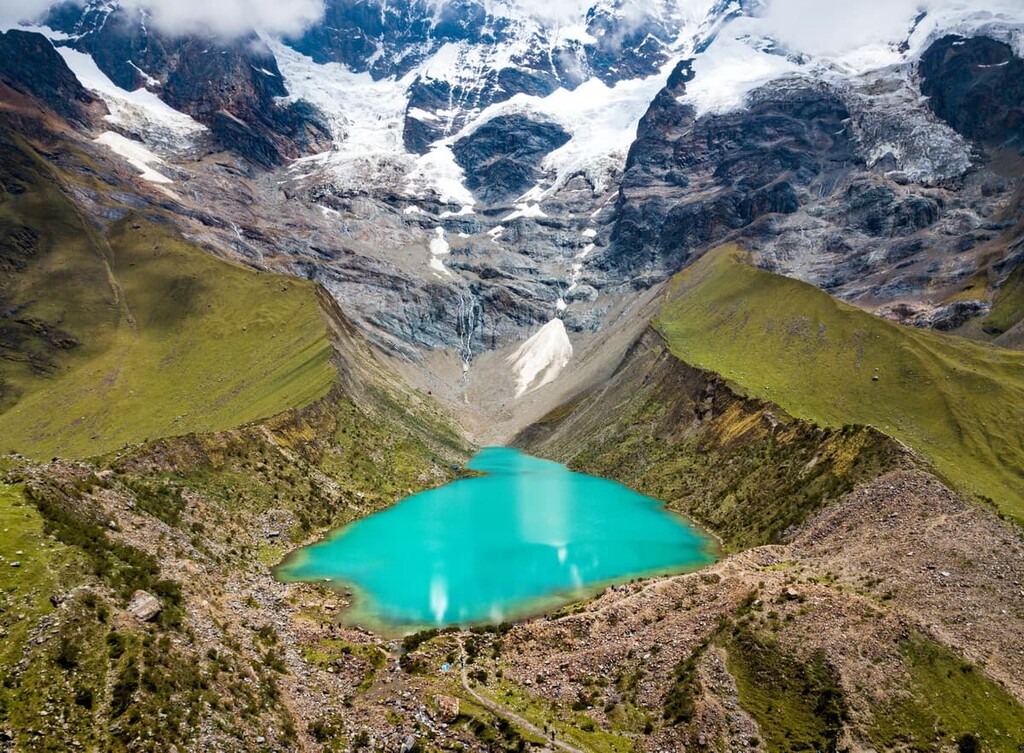
The Machu Picchu Historical Sanctuary preserves a stunning diversity of plant and animal life over a variety of climates. The sanctuary lies in a unique transition zone between the Peruvian Yungas and Central Andean Wet Puna ecoregions.
At the lowest elevations, the sanctuary features dense, humid tropical forests. As elevation increases, there are areas of montane or cloud forest, giving way to Puna and Paramo grasslands and eventually high alpine tundra and snow-capped peaks.
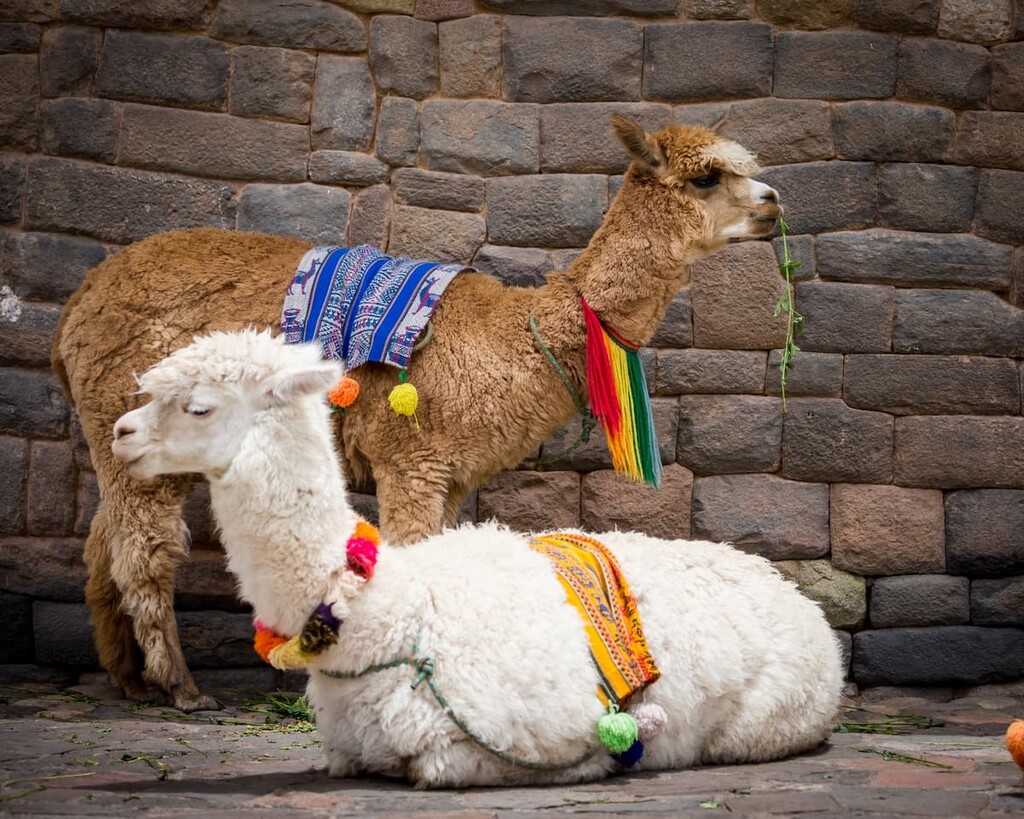
Some of the most famous animals in the sanctuary are spectacled bears, South America’s only native bear, and the massive Andean condor. There are over 400 species of animals in the area, many of which can’t be found anywhere else on earth.
The Machu Picchu Historical Sanctuary is a UNESCO World Heritage site and one of the most important cultural areas in all of South America.
Machu Picchu is the most famous archeological site of the Inca Empire, the largest pre-Columbian civilization in South America.
The Inca empire was begun by ethnic Quechua people from the area around Cusco, which eventually became the capital city. While they were active from at least the early 1200s, the era of greatest expansion took place between 1400 and 1533.
At its height, the Inca Empire stretched from modern-day Colombia into Chile, covering nearly 4,000 km (2,500 mi) in area. The empire had a population of up to 12 million people and was connected by 40,000 km (25,000 mi) of roads.
When Spanish conquistadors led by Francisco Pizarro arrived in 1532, the empire was already in a weakened state due to civil war and epidemics of newly-arrived European diseases. Pizarro took the emperor hostage during a meeting, then executed him after the Inca paid a massive ransom of gold and silver.
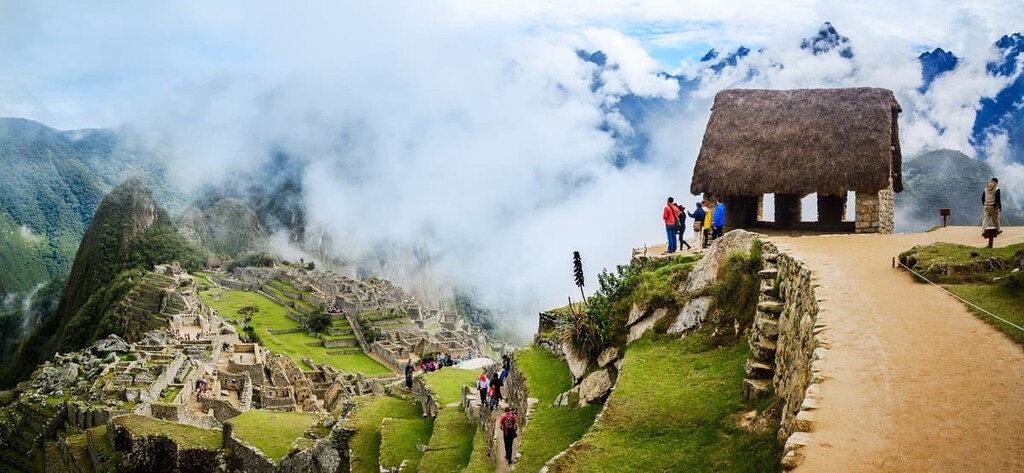
The Spanish installed the emperor’s brother as a puppet leader, but he rebelled in 1536. He, and later his son, ruled a stronghold in the Vilcabamba mountains for the next 40 years, resisting Spanish occupation. They were defeated in 1572, although there were many Indigenous revolts during the colonial period.
Today, the official language of the Inca Empire, Quecha, is still spoken by over 7 million Peruvians, almost a quarter of the population. It remains an official language in Peru and Bolivia.
Machu Picchu was likely built around 1450, at the height of the Inca Empire. Most archeologists agree that it was a royal estate, which the Inca emperor used as a seasonal retreat from the nearby capital of Cusco. About 750 people lived at the citadel, serving the emperor in various capacities.
The complex features about 200 stone buildings and impressive agricultural terraces on the steep hillsides, which were carefully engineered for irrigation and drainage. The citadel was highly planned and divided into a residential and agricultural area, with homes, temples, and grain storehouses.
Machu Picchu was never found and plundered by Spanish colonists, so it’s one of the most complete and intact examples of Inca architecture anywhere.
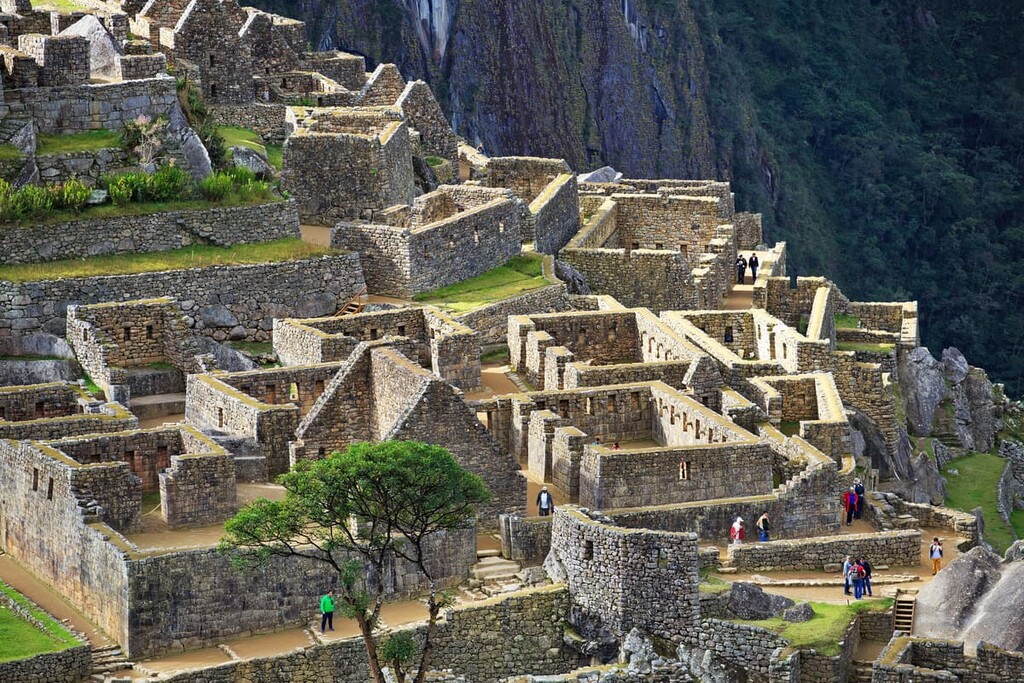
While Machu Picchu wasn’t known to the Spanish, locals were aware of it, and several Europeans likely visited the ruins in the late nineteenth and early twentieth centuries. Machu Picchu became known to the world in 1911, when Yale University lecturer Hiram Bingham paid a local villager 1 Peruvian sol (about $0.25) to take him to the ruins.
Bingham made three more trips to Peru, during which time he collected an estimated 40,000 artifacts from the site. The artifacts were supposed to remain at Yale for 18 months for study, but instead the university kept them for the next 100 years. Peru sued for the return of these artifacts, and after several years of dispute, the collection was returned in 2012.
Machu Picchu was declared a historic sanctuary by the Peruvian government in 1981 and a UNESCO World Heritage site in 1983. Since then, the site has become Peru’s most visited tourist attraction, with over 1.5 million annual visitors in recent years.
There are lots of hiking trails in the Machu Picchu Historical Sanctuary, ranging from day hikes to two of the best-known long-distance treks in the world. The following two treks are the most famous, but if you’re trying to get off the beaten path consider the 8–10 day Choquequirao Trek or the 5-day Vilcabamba Trek, both of which lead to lesser-known Inca ruins.
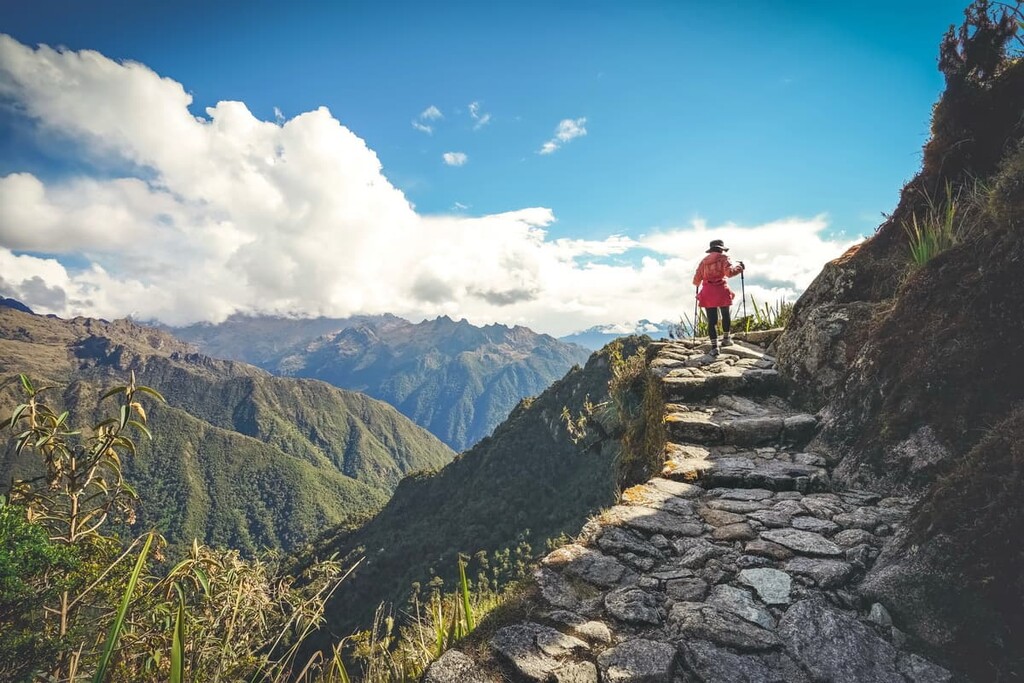
The Inca Trail is a classic, world-famous trek following an old Inca road to Machu Picchu. The Inca Trail is so popular that the Peruvian government requires hikers to obtain a guide and a permit, and the trail is closed for maintenance every year during the whole month of February. There’s also a shortened version of the trail that reaches the ruins at the end of the second day of hiking.
Permits are limited to 500 a day (including guides, cooks, and porters) and usually sell out months in advance, so hiking the Inca Trail requires lots of pre-planning. While the hike is strenuous in places and reaches high altitudes, the Inca Trail is overall relatively easy and can be done by most people with a moderate fitness level, especially with guides and porters to carry heavy gear.
The Salkantay Trek is the tougher, less visited alternative to the Inca Trail (although it’s still wildly popular). Unlike the heavily regulated Inca Trail, the Salkantay Trek can be hiked independently without a guide, although many people still chose to do the trek with a tour group. Most people take four to five days to finish the trial.
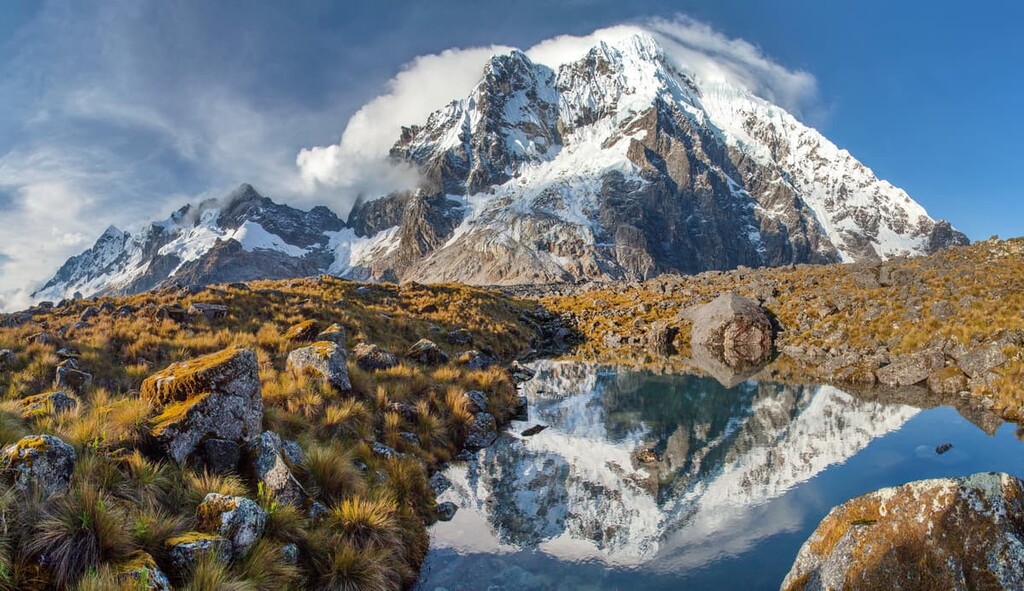
The Salkantay Trek covers higher elevations than the Inca Trail, topping out at 4,600 m (15,000 ft) at the magnificent Salkantay Pass. The highlight of the trail are the incredible views of 6,271 m (20,574 ft) Nevado Salkantay, the highest peak in the area. While this hike is more challenging, some consider it to be more beautiful than the Inca Trail.
Looking at a photo of Machu Picchu, it’s hard to believe the towering peak looming over the ruins is hikeable, but it is (with a reservation and a ticket). The Incas built terraces, stairs, and a temple into the steep sides of Huayna Picchu, which reaches 2,720 m (8,924 ft) in elevation.
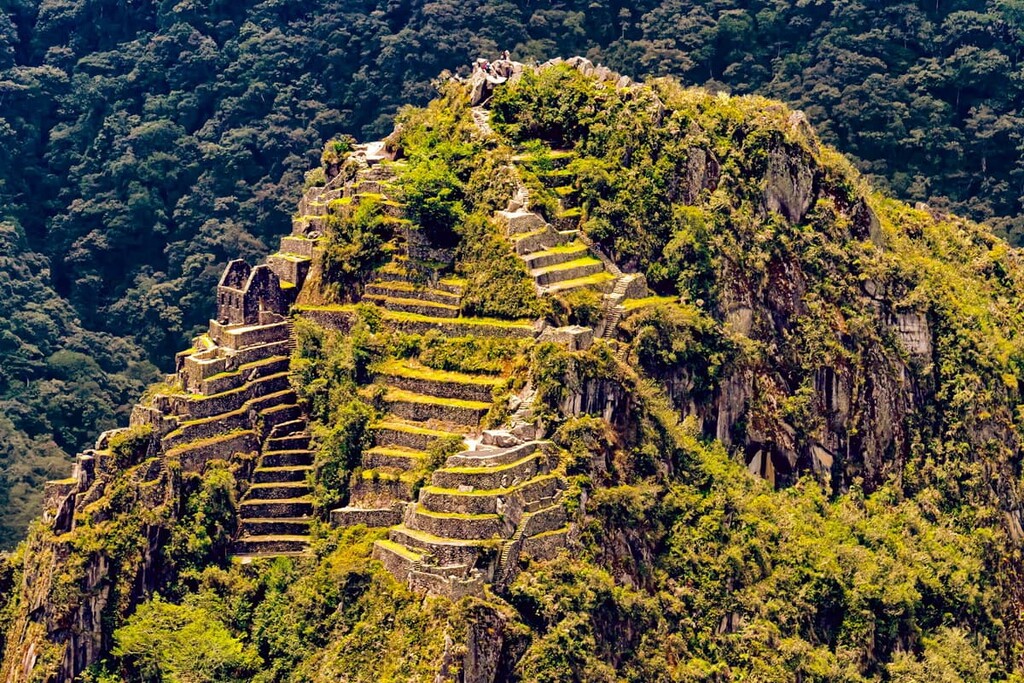
Reaching the summit involves climbing the steep Inca stairs with the help of ropes and cables in some places. From the summit, you can see the full extent of the Machu Picchu complex all at once.
Be sure to book the “Machu Picchu + Huayna Picchu” ticket when you book your official ticket to the site. It costs $15 USD extra and requires you to make the hike within a certain time slot. Without the specific Huayna Picchu ticket, you won’t be able to climb the mountain.
This mountain is directly across from Huayna Picchu, and it offers incredible views over the ruins like its neighbor. Machu Picchu Mountain is higher than Huayna Picchu, so you can see a wider panorama from the summit. On a clear day, you can sometimes see the snow-capped peaks nearby.
Like Huayna Picchu, this hike is strictly regulated to only 400 people a day. You’ll need to purchase an official ticket along with your Machu Picchu ruin ticket and hike during your appointed time slot.
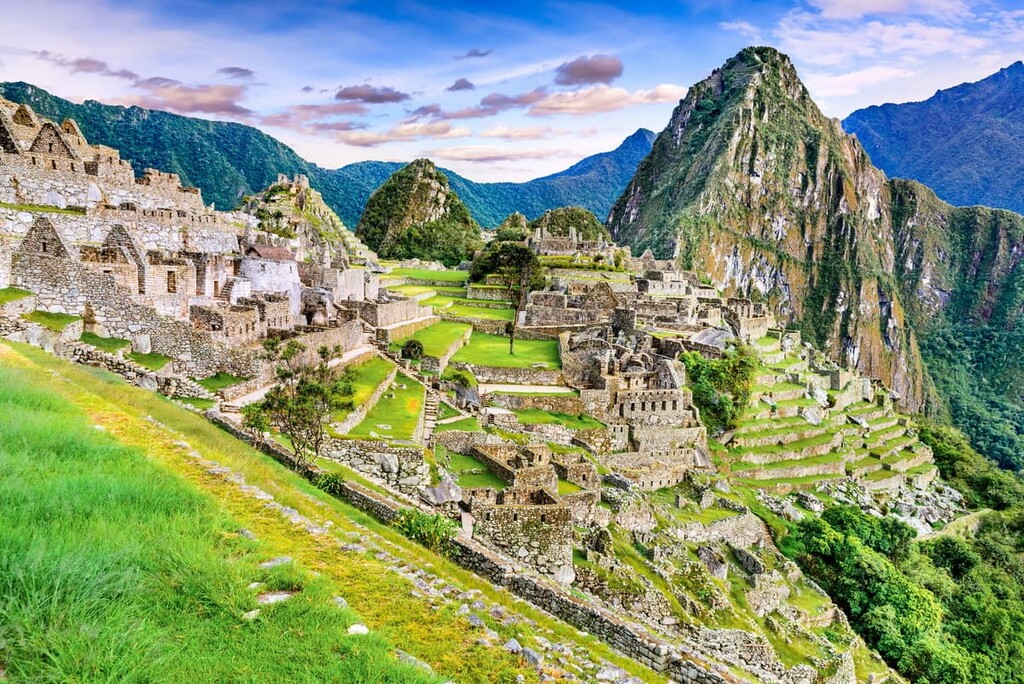
The closest town to Machu Picchu serves mostly as a gateway to the ruins, but there are plenty of interesting hikes in the cloud forest nearby.
Auguas Calientes - Machu Picchu Ruins
This short, steep hike bypasses the buses most tourists take to Machu Picchu and climbs the old Inca path to the ruins, providing beautiful views and the chance to save a few soles on bus fare.
Be aware that this hike basically takes you straight uphill and will take between an hour and a half and two hours to complete. The easier option is to hike back down after visiting the ruins.
Los Jardines de Mandor
This moderate hike leads down a railroad track from Aguas Calientes into the beautiful rainforest around town, passing by a waterfall and finishing at a lovely gated rainforest garden. Entrance to the garden costs S/10 ($2.50 USD).
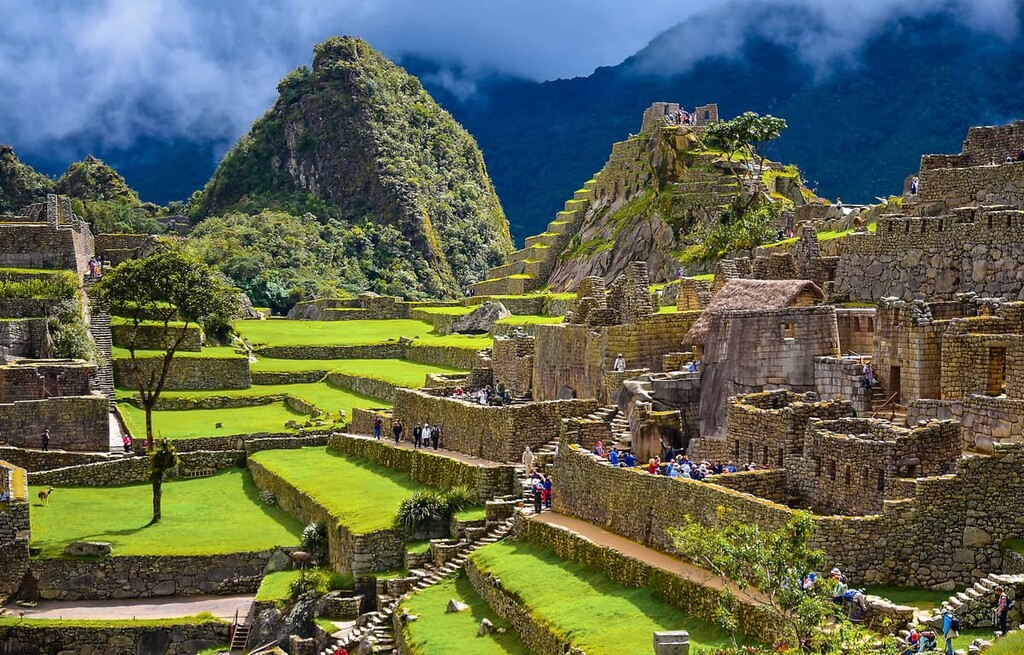
If you’re coming to Machu Picchu, you’re almost guaranteed to visit one of these areas, if not all three. Here are some of the best places to check out near the sanctuary:
Aguas Calientes is the tourist town at the base of the Machu Picchu ruins, accessible only by train or long-distance hike. Almost all of Machu Picchu’s 1.5 million annual visitors patronize its hotels and restaurants, or at least its many gift shops.
While the town itself isn’t known for being particularly beautiful (it’s a modern, utilitarian tourist depot) the area around it is stunning. The town is situated in a deep gorge, with mountains and rainforest on all sides. If you have extra time here, enjoy one of the short day hikes or visit the town’s namesake hot springs.
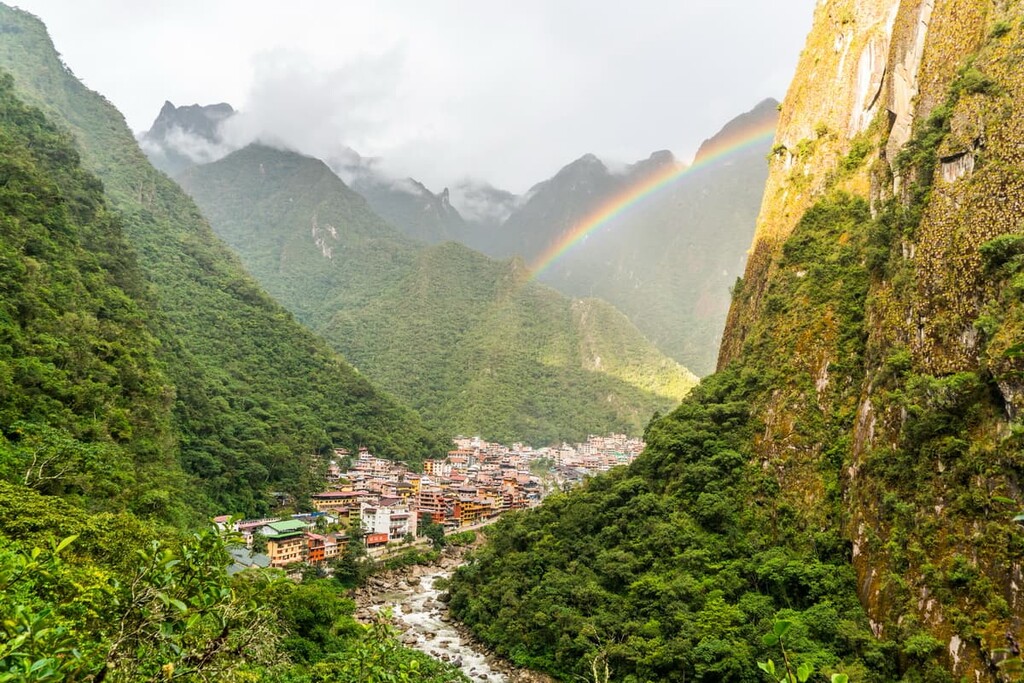
The Sacred Valley follows the Urubamba River, which was sacred to the Incas. It passes the monumental ruins of Ollantaytambo, along with Moray, Pisac, and nearby Chinchero. Each of these Inca sites is worth visiting, especially if you want to learn more about the Inca before you arrive at Machu Picchu.
The Sacred Valley lies only about 15 km (9.3 mi) to the north of Cusco on the way to the ruins. It’s easy to hop between towns via buses and taxis. In addition to the various Inca ruins, the small Andean towns in this area are also worth a visit, especially if you’re looking to get off the beaten track between Cusco and Machu Picchu.
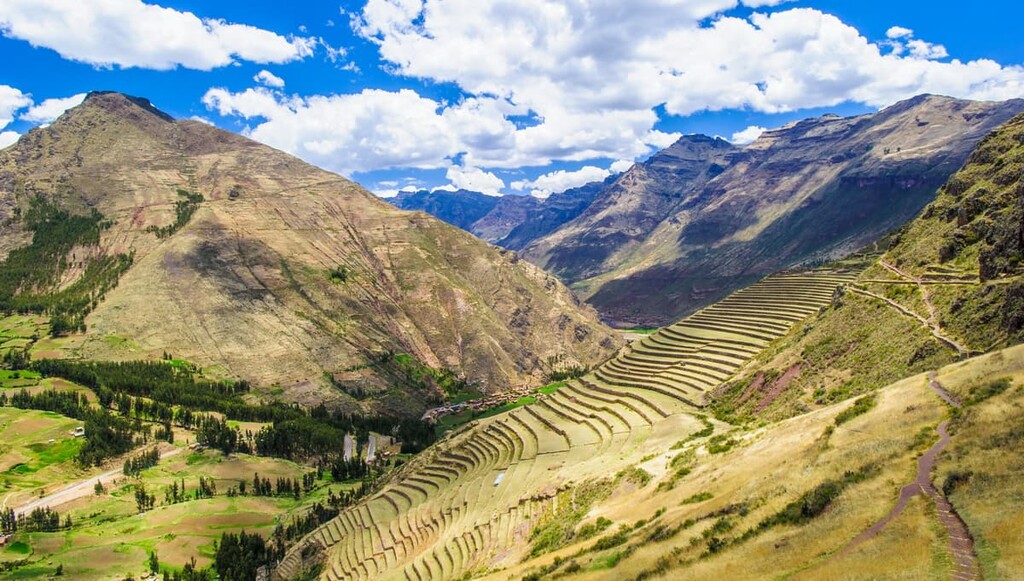
Cusco, the former Inca capital, should be on any traveler’s list when heading to Machu Picchu. While the ruins are the best-known example of the Inca Empire’s architectural and engineering prowess, Cusco was the center of the empire, home to its most important palaces, temples, and administrative buildings.
The old city is notable for both pre-Columbian and Spanish colonial architecture, with many Spanish buildings built directly on top of the earlier Inca ones. While the tourist-centric old city is small and walkable, the broader city is home to nearly 430,000 people. Venture outside the old city and you’ll find bustling markets and excellent family restaurants.
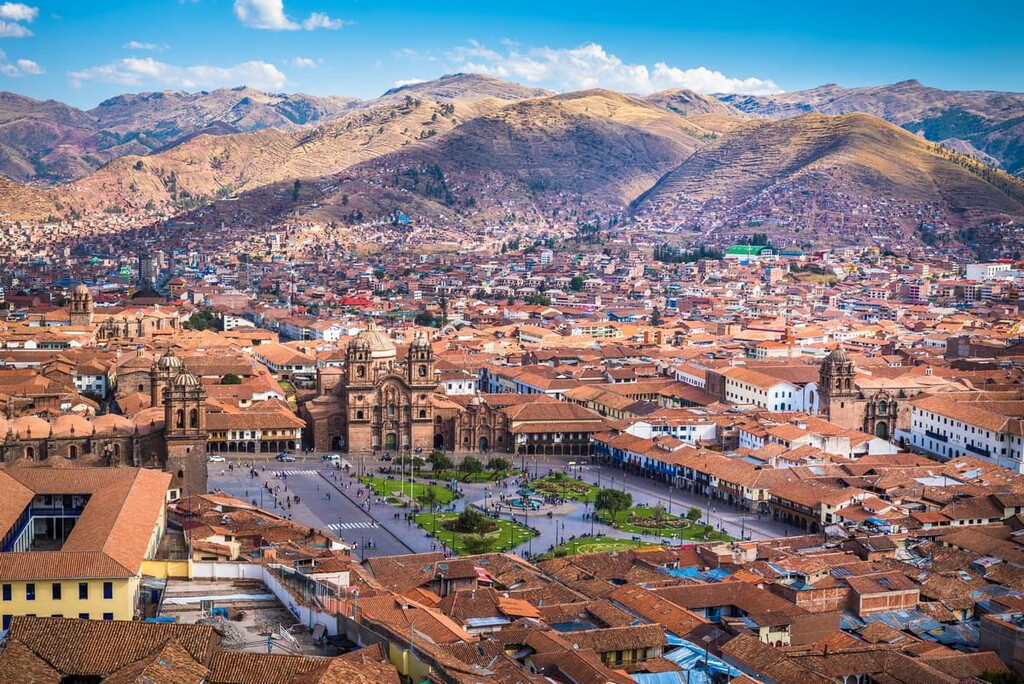
Explore Machu Picchu Historical Sanctuary with the PeakVisor 3D Map and identify its summits.








